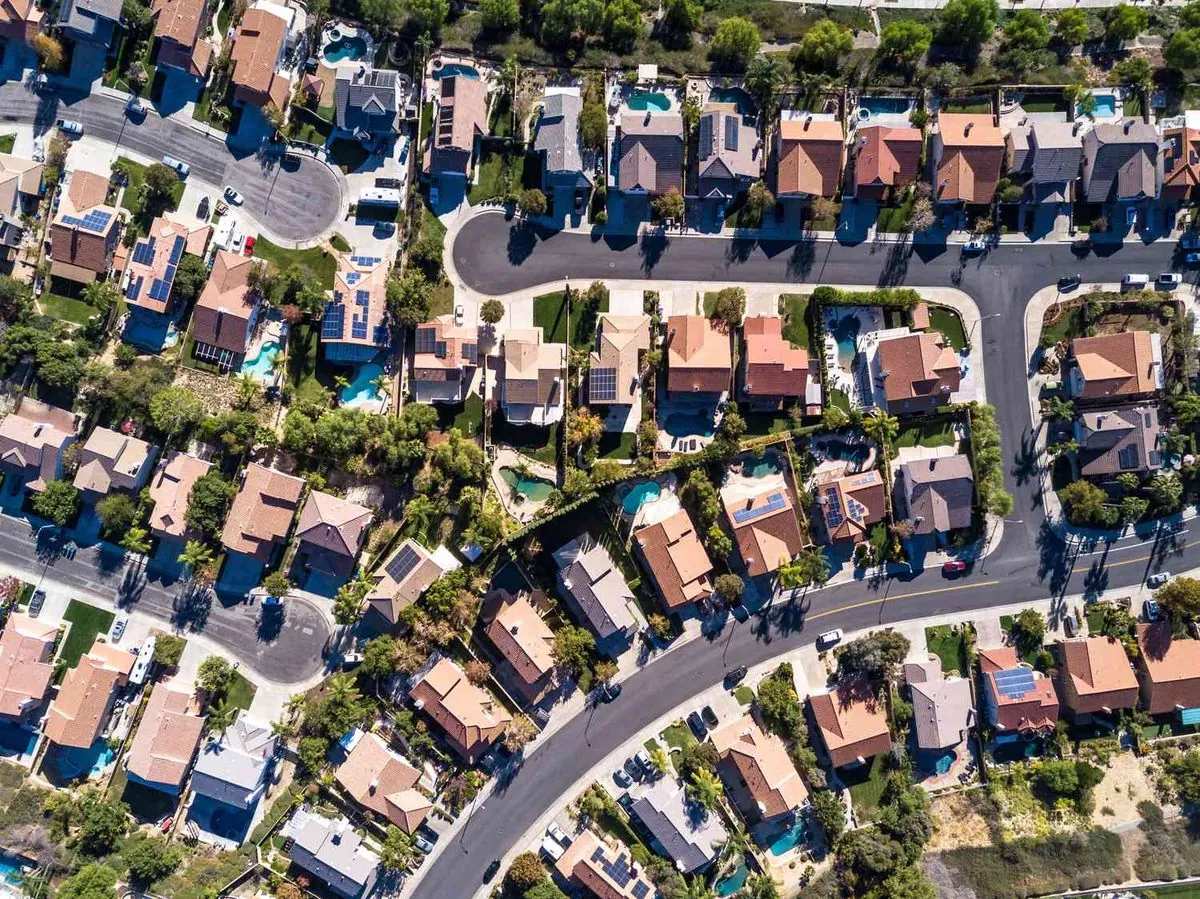In a recent vice-presidential debate, Senator JD Vance made controversial claims about immigration's impact on US housing costs. However, economists and housing experts have refuted these assertions, pointing to a more complex interplay of factors affecting housing affordability.
Vance argued that "Twenty-five million illegal aliens competing with Americans for scarce homes is one of the most significant drivers of home prices in the country." This statement, however, has been challenged by experts who emphasize that other forces play a more significant role in driving up prices.
The reality of immigration's impact on the housing market is multifaceted. While immigration does contribute to population growth and, consequently, housing demand, its effects are not as straightforward as Vance suggests. Here are some key points to consider:
- Foreign-born workers make up approximately 33% of the US construction workforce, playing a crucial role in addressing housing shortages.
- The Congressional Budget Office projects a $7 trillion economic growth over the next decade due to immigration.
- Between January 2023 and January 2024, foreign-born workers contributed to 50% of labor market growth.
- By 2033, the US labor force is expected to grow by 5.2 million people, largely due to immigration.
Dany Bahar, an economist at Brown University and nonresident senior fellow at the Brookings Institution, notes that new immigrants often don't compete for the same housing as middle-class Americans. Many newcomers with limited resources tend to share accommodations, potentially impacting the rental market more than home ownership.
The housing market has faced significant challenges in recent years:
- Mortgage rates fell to around 3-4% at the beginning of the pandemic.
- Rates peaked at about 8% in fall 2023, causing a "lock-in" effect as homeowners hesitated to sell.
- Vice President Kamala Harris has proposed building 3 million new homes and offering a $25,000 assistance plan for first-time homebuyers.
Research from the University of Utah and University of Wisconsin suggests that increased immigration enforcement could actually lead to higher home prices due to a reduction in the construction workforce. The study found that undocumented labor is complementary to domestic labor in construction.
"If you get the diagnosis wrong, as Vance did, you'll never solve the problem."
While immigration undoubtedly affects the US economy and housing market, experts argue that its impact is more nuanced than political rhetoric often suggests. As the debate continues, policymakers face the challenge of addressing housing affordability while considering the complex interplay of immigration, economic growth, and labor market dynamics.
